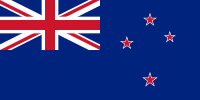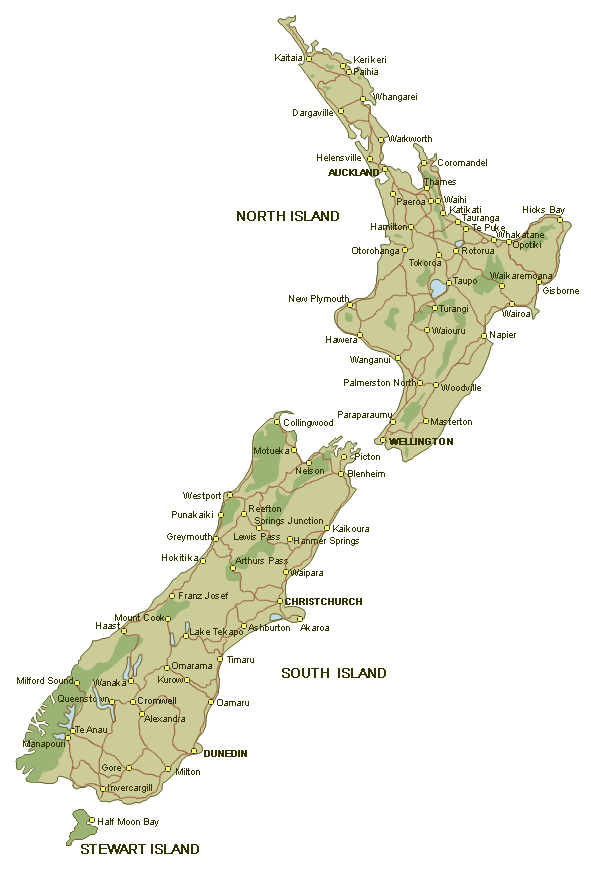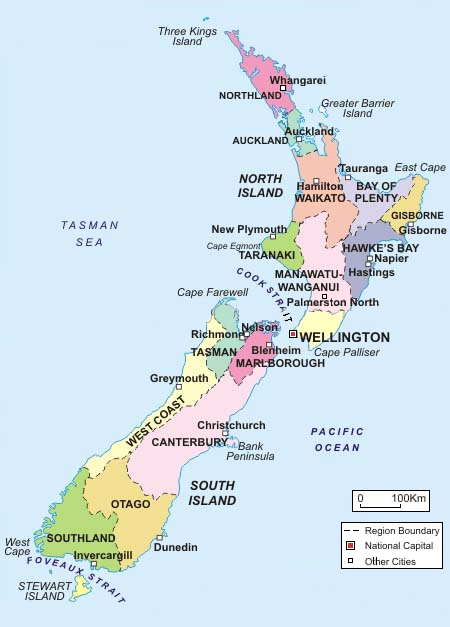

 |
 |
 |
 |
Maps of New Zealand - Physical and Political |
|
The Maoris are relatively recent arrivals to New Zealand, having been there less than 800 years. All the evidence suggests that New Zealand was uninhabited until then. They came from Polynesia, and seem to have arrived in several waves of migration, setting up an agricultural civilization. Polynesians traditionally circumcise, usually using a 'dorsal slit' technique, but somehow the Maoris mostly abandoned it, perhaps as part of the upheaval of settling into a very different landscape from what they had known. One tribe only maintained the practice until colonial times, but now Maoris are usually uncircumcised.
Nowadays New Zealand has sizeable community of Polynesian peoples from Tonga, Samoa, Nuie and Fiji. These people have circumcision as an important part of their culture. In Auckland there is a clinic which is run by Pacific Island doctors which performs circumcisions for the Pacific community. Many of these are, apparently, dorsal slit which is the Tongan method although the "American style" is also available. This clinic will also perform circumcision on adults if requested. An anonymous correspondent states "For non-Maori Polynesians (Samoans, Tongans and Niueans) the circumcison rate by puberty approaches 100% and a boy who is not circumcised will be grabbed by a "raiding party" of his uncles and taken forcibly to be clipped."
A 2002 academic study of Islander boys and their parents in Christchurch found that all the fathers were circumcised and intended to have their sons done. Those boys who were not yet done all wanted to be circumcised, and the vast majority intended to have their future sons done. Most parents regarded it as obligatory - but there was no mention of raiding uncles! The preferred age for circumcision was between 6 and 10. While it was mentioned that the old Polynesian tradition was a dorsal slit, for the cohort studied the current practice was a full circumcision. The problem identified in this study was that public hospitals in Christchurch would not circumcise these boys, and private hospitals were mostly too expensive since these people were mostly in lower income brackets. Nevertheless all the circumcised boys were done by a doctor, half in NZ and half in the islands. The paper proposed that hospitals should reconsider their criteria for circumcision.
Pakeha - white New Zealanders
The links between New Zealand and Australia extend to most professional associations, so in the medical field we have the Royal Australasian College of Surgeons, the Royal Australasian College of Physicians, the Royal Australian and New Zealand College of Obstetricians and Gynaecologists and so on. Given the unified structure of the medical profession between Australia and New Zealand, one might expect that rates of infant circumcision would be the same in both countries. While there are parallels in that it was common in the mid 20th century and has declined since, there are major differences. It doesn't seem ever to have been as common as in Australia, and declined much earlier and more steeply. One factor is that New Zealand has always had stronger ties to the UK, so Gairdner's paper probably had more influence. Another is that New Zealand has a very small population, so outside the major cities individual doctor's opinions had a strong influence. It is not so easy to swap between doctors in New Zealand (though perhaps not quite so difficult as in the UK). In Australia freedom of choice has always been paramount and nobody is tied in any way to one doctor. This may help to explain why fundamentally similar policies led to somewhat different outcomes.
The following messages from correspondents show how circumcision rates have changed erratically from time to time and place to place in New Zealand
References, Sources and Acknowledgements
Mahnaz Asfari, Spencer W. Beasley, Kiki Maoate, 2002. Attitues of Pacific parents to circumcision of boys. Pacific Health Dialog 9(1), 29-33 link to full text
Policy Statement CIRCUMCISION OF INFANT MALES, Royal Australasian College of Physicians - September 2010.
Many correspondents to the former Circlist discussion group and the present web site